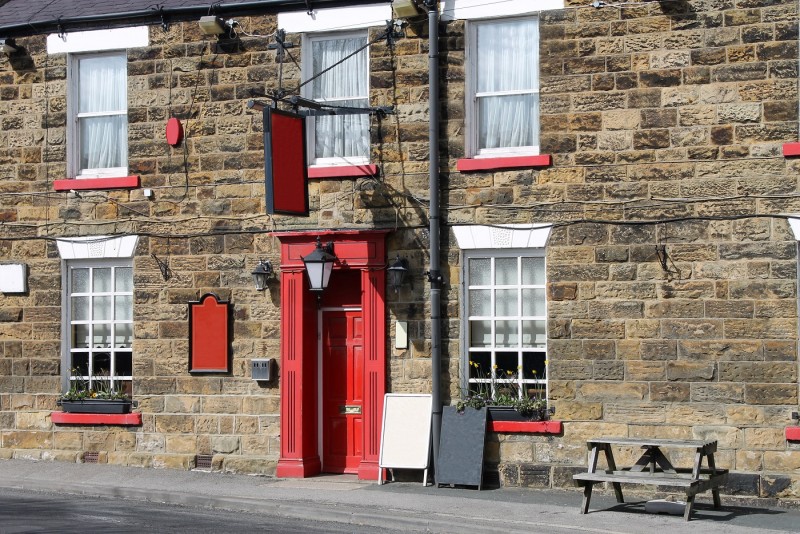Assets of Community Value

The Assets of Community Value (ACV) scheme, grants local community groups the right to bid for properties which are of community value. The aim is to prevent such assets being sold and lost to the community. The scheme was introduced by The Localism Act 2011 and The Assets of Community Value (England) Regulations 2012 and has gathered momentum over the last few years.
What is an Asset of Community Value?
In order for an asset to be listed on the local authority’s register of Assets of Community Value, a qualifying community group (for example, a parish council) must apply to the local authority for the asset to be listed. A building or area of land will qualify as an ACV if the local authority believes that its current use furthers the social interests or wellbeing of the local community and that it is realistic to think this use will continue.
Approximately 4000 properties have been listed as ACVs with listed assets including pubs, village halls, theatres and premier league stadiums such as Old Trafford. It is estimated that around half of ACV’s are pubs.
How can you find out if a property is an Asset of Community Value?
Local authorities are required to maintain a list of ACVs which must be published and made available for public inspection. A property can also be identified as an ACV by an entry on a Local Search relating to that property and by a restriction on the property’s title at the Land Registry (if the property is registered).
Disposal of an Asset of Community Value
If an owner of a listed ACV wishes to dispose of it, they are required to follow the statutory procedure. The meaning of disposal includes situations such as selling the freehold, granting an option to buy or granting a lease with a term of more than 25 years. The procedure is designed to provide local community groups with an opportunity to bid for the listed asset, but the legislation does not grant community groups a right of first refusal.
Procedure for owners wanting to dispose of an Asset of Community Value
Owners are not permitted to dispose of an ACV unless they comply with the following steps:
- The owner must provide the local authority with written notification that they intend to dispose of the ACV.
- This notification will trigger a six week ‘interim moratorium’ period on the disposal. During this six week period, a qualifying community group can send the local authority a written request to be considered as a potential bidder for the ACV.
- If no expression of interest is received from a qualifying community group, the owner is free to dispose of the ACV within an 18-month period, which begins on the date of the owner’s notification to the local authority.
- However, if a qualifying community group does express interest in bidding for the ACV, then there is a six month ‘full moratorium’ period (including the initial moratorium period) on the disposal. This moratorium period is to allow the community group to prepare their bid and raise any required finance.
- At the end of the six month moratorium period, the owner is permitted to dispose of the ACV to any party it chooses. The owner then has a one year period to dispose of the ACV.
Whilst the legislative process does not restrict the owner’s right to dispose of the ACV to any party it choses, it does impose significant delays on any proposed disposal. Therefore, it is important that these mandatory delays are incorporated into any projected timescale for a disposal of a listed asset.
Consequences
Any disposal of an ACV which does not follow the legislative procedure will be ineffective unless the owner does not know that it is listed at the time of the disposal (they must have made all reasonable efforts to ascertain if the property is listed). Therefore, in any disposal or acquisition of an ACV advice should be obtained at the outset of the transaction to minimise the risk of breaching the legislative procedure.
Additional consequences for pubs
The Town and Country Planning (General Permitted Development) (Amendment) (England) Order 2015 (SI 2015/659) which came into force on 6 April 2015, had further effect on drinking establishments listed as ACVs. The Order removes certain permitted development rights from drinking establishments that are listed as AVCs. This means that where certain changes of use would usually be automatically permitted by a local authority, these permitted developments rights are withdrawn. As a result, planning permission will be required for particular works where it wouldn’t have been required before.
If you are selling or purchasing an asset of community value and need assistance, or if you have any questions about the contents of this article, please contact our Commercial Property Team on 01603 610911

